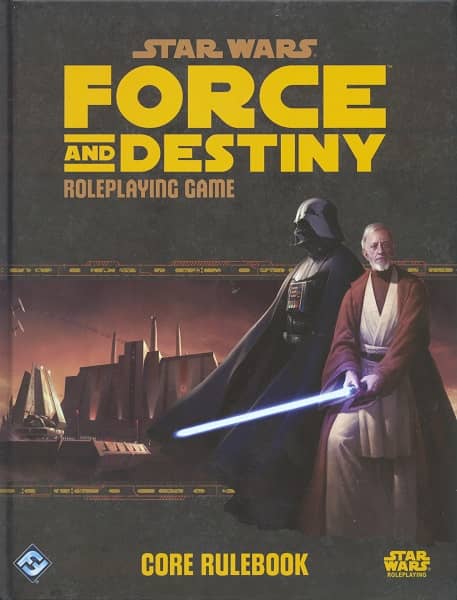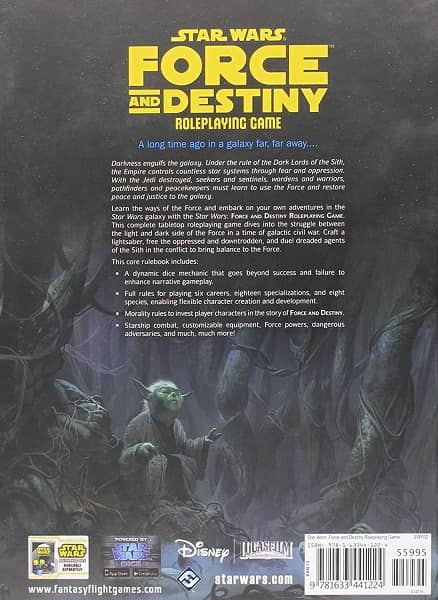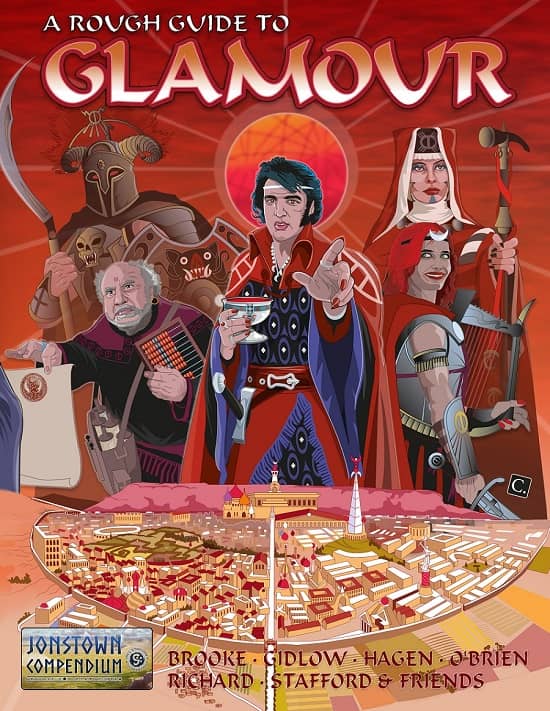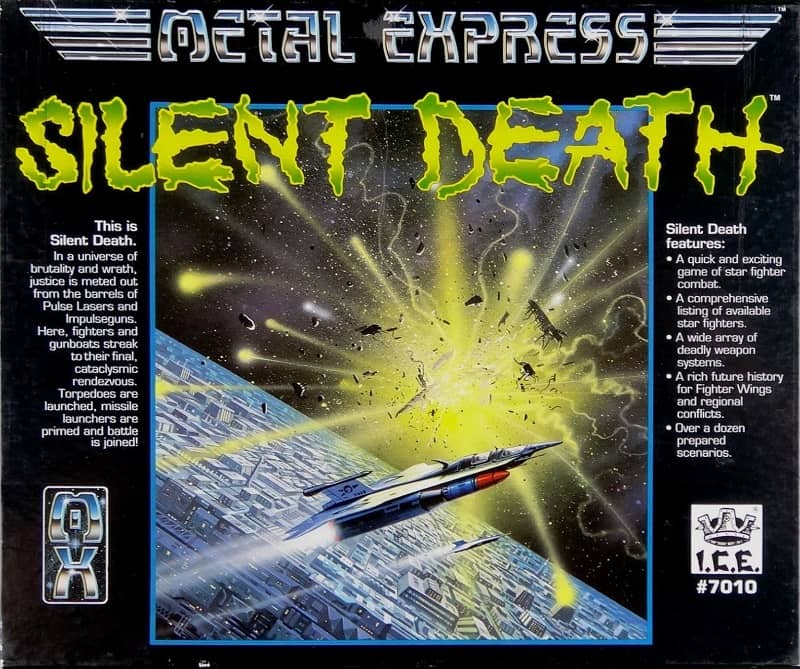Future Treasures: The Fractured Void: A Twilight Imperium Novel by Tim Pratt
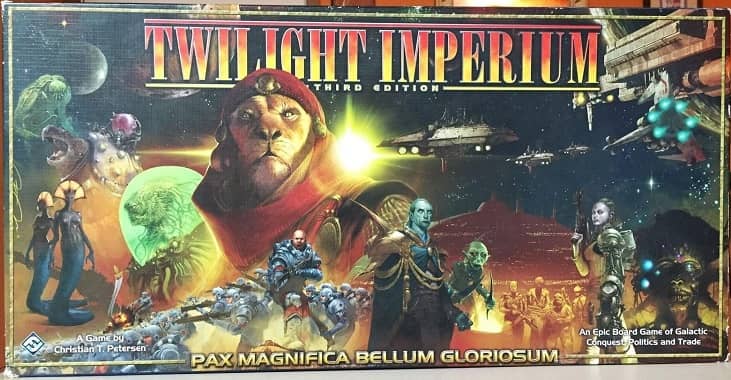 |
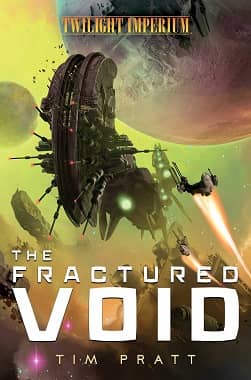 |
Twilight Imperium, Third Edition (Fantasy Flight Games, 2004), and The Fractured Void (Aconyte, November 2020)
Tim Pratt has been nominated for all the major genre awards, including the Nebula, World Fantasy, Sturgeon, Mythopoeic, and Stoker, and he won a Hugo in 2007 for his short story “Impossible Dreams.” His most recent books include the Axiom trilogy, and the 10-volume Marla Mason series.
His upcoming book is a space opera with a twist — it’s based on the rich background created for Twilight Imperium. Yes, that Twilight Imperium, Fantasy Flight’s epic (and I do mean epic) game of space conquest, politics, and trade. Designed by Christian T. Petersen and first released in 1997, Twilight Imperium is one of the most successful science fiction games of the last few decades. It’s been continuously in print for over two decades, and gone through four editions. The mythos that has grown up around the game and its 17 playable races is sprawling and rich, and certainly deserving of a line of fiction novels. I’m definitely looking forward to the first, The Fractured Void, and Pratt is an excellent choice to kick off the line. Here’s the publisher’s description.
A brave starship crew are drawn into the schemes of interplanetary powers competing for galactic domination, in this epic space opera from the best-selling strategic boardgame, Twilight Imperium.
Captain Felix Duval and the crew of the Temerarious quietly patrol a remote Mentak Coalition colony system where nothing ever happens. But when they answer a distress call from a moon under attack, that peaceful existence is torn apart. They rescue a scientist, Thales, who’s developing revolutionary technology to create new wormholes. He just needs a few things to make it fully operational… and now, ordered to aid the scientist, the Temerarious is targeted by two rival black-ops teams intent on reacquiring Thales. Can Felix trust Thales? Or is this a conspiracy to tip the balance of power in the galaxy forever?
The Fractured Void will be published by Aconyte on November 3, 2020. It is $16.95 in trade paperback and $9.95 in digital formats. Get more details and read an excerpt here, and check out the handsome fourth edition of Twilight Imperium at the Fantasy Flight website.
See all our recent coverage of the best in upcoming SF and fantasy books here.
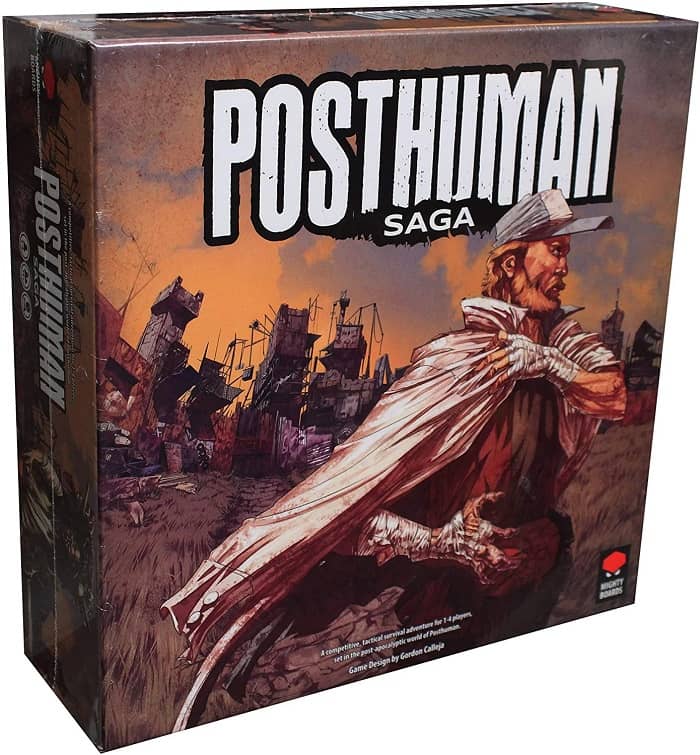

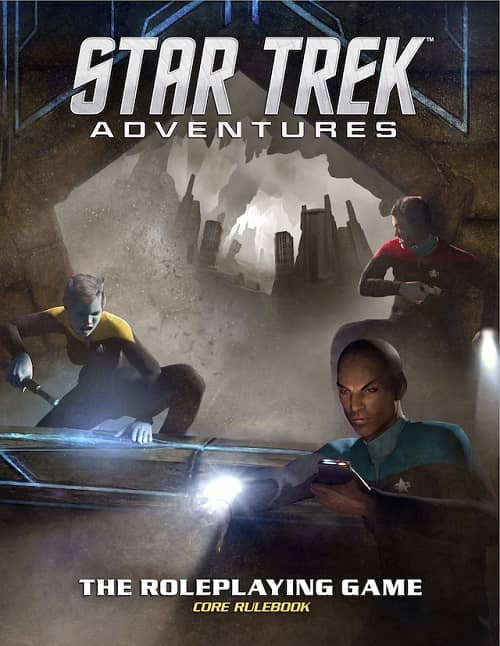
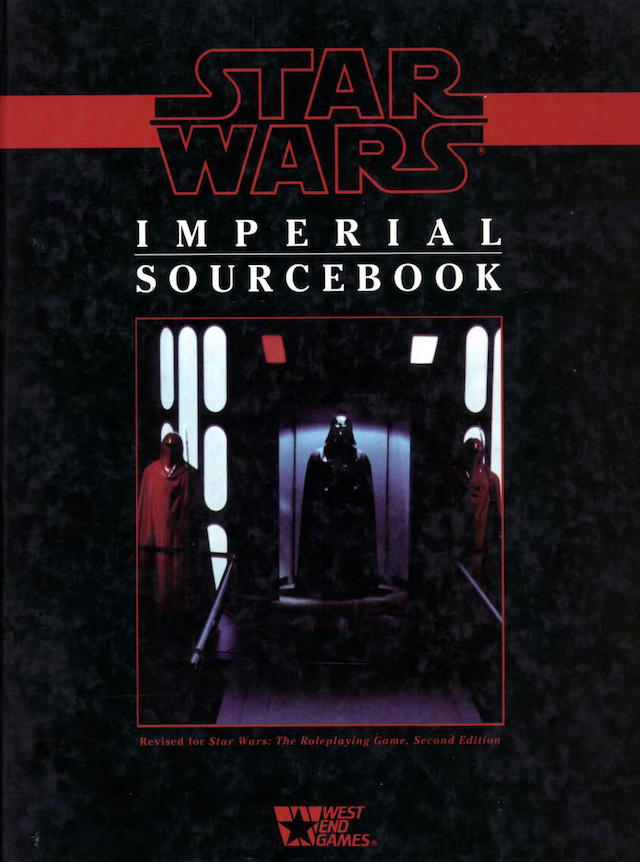
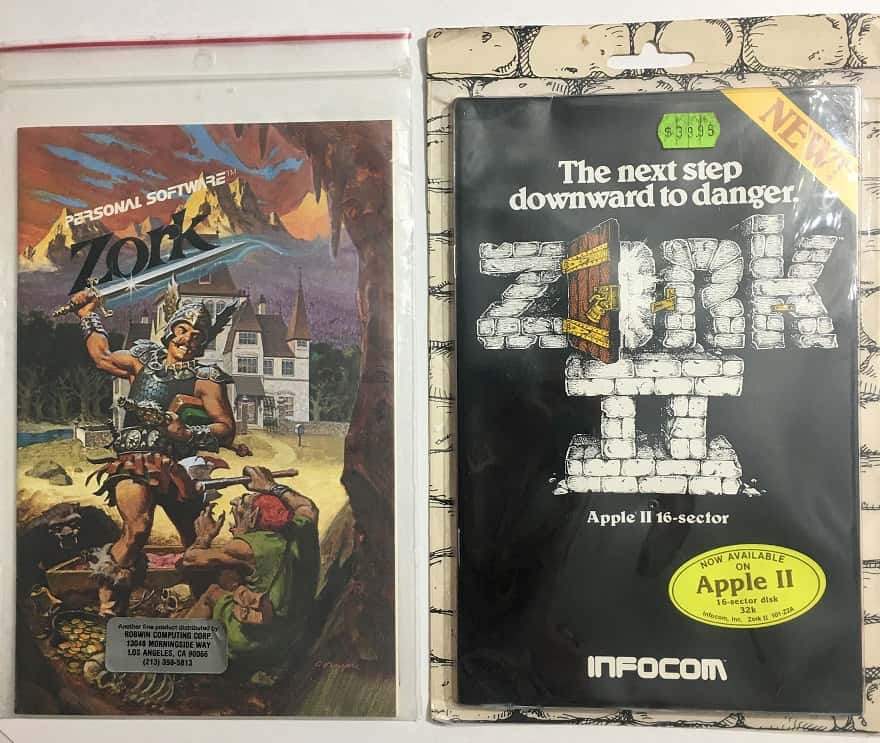
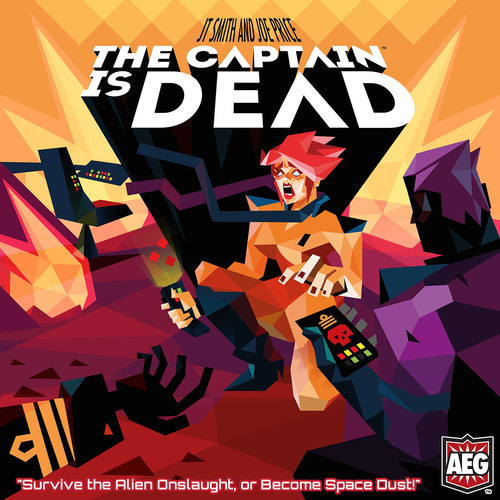 Anyone else feel like we’re living in a Golden Age of board games? Or have I just been playing more because of COVID? We’re spoiled. Gone are the days of cutting out your own cardboard counters and coloring in your own dice with a crayon.
Anyone else feel like we’re living in a Golden Age of board games? Or have I just been playing more because of COVID? We’re spoiled. Gone are the days of cutting out your own cardboard counters and coloring in your own dice with a crayon. 